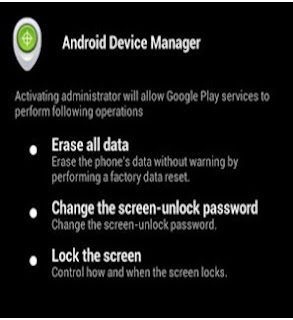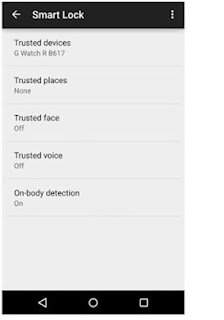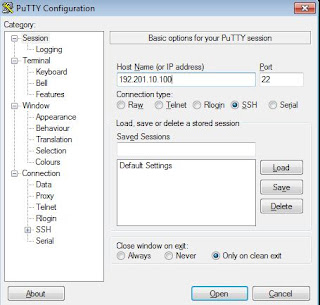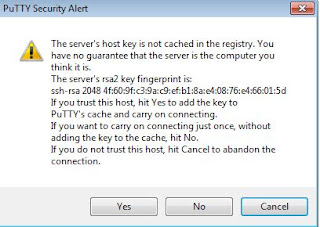Plank - Easy Exercise to tone and transform body..
PLANK is the one of the most efficient bodyweight static exercises for strengthening the core and the other parts of body too. You might think they are simple and not efficient and often skip them, but they are the most important part аctuаlly. You can melt the belly fat by these workouts, the back muscles (inner and out) and straightened and the buttock muscles along with hand and leg muscles are strengthened too.
Benefits of the plank :
Plank is considered as “one of the most efficient bodyweight static exercises for strengthening the core”. Additional benefits include strengthening legs, back and hand muscles, and melting away unwanted body fat. Aside from improved strength, long-term benefits include better balance and endurance.
This exercise is the same as pushups except without movement. With pushups muscles can change and alter, but with planks they narrow down and don’t decrease or increase size, just tone.
You can slowly increase strength levels and plank timing each time you repeat it during 4 weeks with this challenge. You should start with 20 seconds at first and slowly increase to get to 4 minutes. You will have an enormous strength for more difficult workouts and the muscles will be leaner and stronger, in the final stages, as the month ends.
If you want to do this, you should have a proper upright standing and position. Your upper part of the body must be straight in line with the elbows and toes, when they are slightly raised. Keep up this straight position, take deep breaths, and feel the stomach muscles get strong, along with the neck and head. When you contract the buttock muscles, equally divide the weight into both legs and elbows to have more strength and balance. When you achieve the right positioning, just upgrade each day to achieve the goal during 28 days.
Let’s have a look on below video showing basic level plank :
28 Days Challenge
Day 1 15 seconds
Day 2 20 seconds
Day 3 30 seconds
Day 4 30 seconds
Day 5 40 seconds
Day 6 Rest
Day 7 45 second
Day 8 45 seconds
Day 9 60 seconds
Day 10 60 seconds
Day 11 60 seconds
Day 12 90 seconds
Day 13 Rest
Day 14 90 seconds
Day 15 90 seconds
Day 16 120 seconds
Day 17 120 seconds
Day 18 150 seconds
Day 19 Rest
Day 20 150 seconds
Day 21 150 seconds
Day 22 180 seconds
Day 23 180 seconds
Day 24 210 seconds
Day 25 Rest
Day 26 210 seconds
Day 27 240 seconds
Day 28 As much as you like or can.
Day 2 20 seconds
Day 3 30 seconds
Day 4 30 seconds
Day 5 40 seconds
Day 6 Rest
Day 7 45 second
Day 8 45 seconds
Day 9 60 seconds
Day 10 60 seconds
Day 11 60 seconds
Day 12 90 seconds
Day 13 Rest
Day 14 90 seconds
Day 15 90 seconds
Day 16 120 seconds
Day 17 120 seconds
Day 18 150 seconds
Day 19 Rest
Day 20 150 seconds
Day 21 150 seconds
Day 22 180 seconds
Day 23 180 seconds
Day 24 210 seconds
Day 25 Rest
Day 26 210 seconds
Day 27 240 seconds
Day 28 As much as you like or can.
You will surely notice how planks are really hard workouts, even though they look static and easy for the first starting 20 seconds, If 20 is а lot, reduce it а bit. If you need to work specific body parts, there are different plank types. The technique is the same with each plank, static posture, and deep breaths.
How to Perform Plank Variations :
As mentioned, you can perform the plank in many different directions: front, side, and reverse—each direction engages different sets of muscles for all-around toning and strengthening.
The front-facing plank engages the following upper and lower body areas: abdominals, lower back, chest, shoulders, upper trapezius, and neck, biceps, triceps, glutes, thighs, and calves. Side planking is particularly effective for training your obliques, which really helps stabilize your spine, while the reverse plank places the focus on your glutes, hamstrings, abs, and lower back.
The front-facing plank engages the following upper and lower body areas: abdominals, lower back, chest, shoulders, upper trapezius, and neck, biceps, triceps, glutes, thighs, and calves. Side planking is particularly effective for training your obliques, which really helps stabilize your spine, while the reverse plank places the focus on your glutes, hamstrings, abs, and lower back.
To perform a side plank, start by lying down on your right side, keeping your legs straight. Next, raise yourself up on your right forearm; your body should form a straight, diagonal line from head to toe. Your hips and knees should be off the floor. You can rest your left hand on the floor in front of you for support, on your hip, or behind your head. Brace your abs and hold for one minute.
For the reverse plank,start out by sitting on the floor with your legs straight out in front of you. Place your palms on the floor, below your shoulders, squeeze your buttocks and thighs, and then push your body up into a reverse plank position. Alternatively, you can begin by placing your elbows rather than your hands on the floor, for a less dramatic lift. Again, keep your body in a straight diagonal line from shoulders to heels, making sure your hips are in line.
Let’s have a look on below video showing Variation in plank:
Common Plank Mistakes :
Proper form is very important when performing planks and overdoing it could lead to injury. As noted by certified personal trainer Estelle Underwood in the Huffington Post:
"If you feel any neck or low back pain while doing the exercise, this may be an indication of weakness in the upper or lower regions of the spine. If the core is too weak, the spine will sag, causing compression in the vertebrae, pressure on vertebral discs, and/or shoulder joint inflammation."
Be particularly careful doing planks if you have back pain or injury. And if you’re just starting out, try holding the plank position for several seconds only, slowly working your way up to where you can hold it longer. In addition, be careful to avoid these common plank mistakes:
1.Allowing your hips, head, or shoulders to drop.
2.Placing your hands too close together, which creates internal rotation and instability at your shoulder joint.
3. Holding your breath.
4. Trying to hold the position too long – it is better to maintain proper form for a shorter period of time than to hold improper form for longer.
Lets Spend some time for yourself !!






























